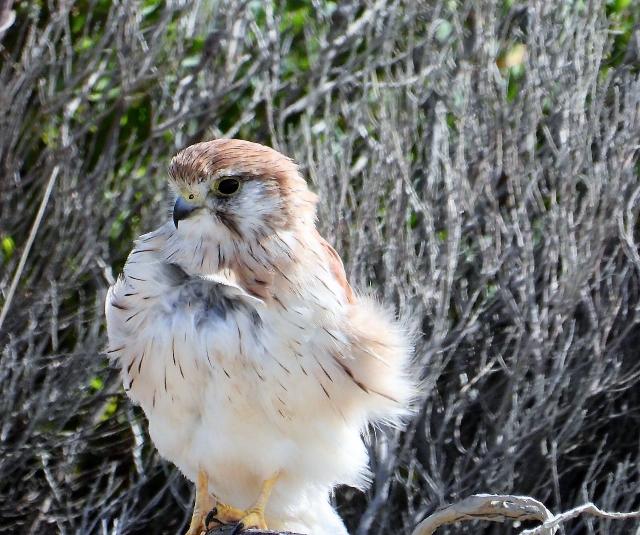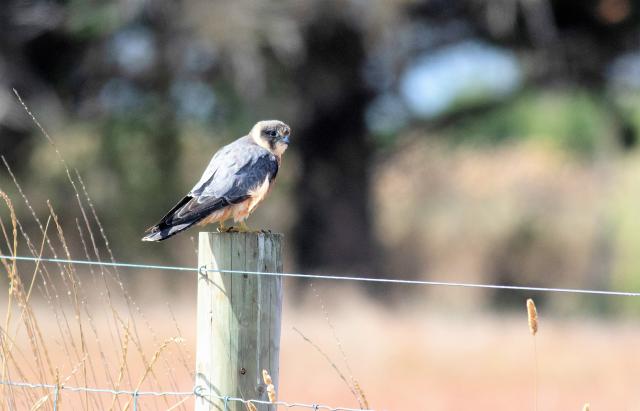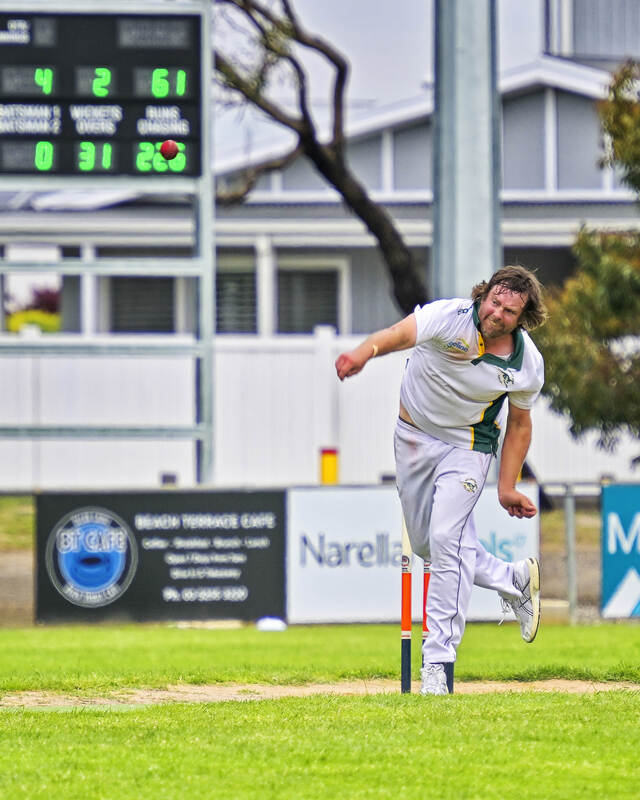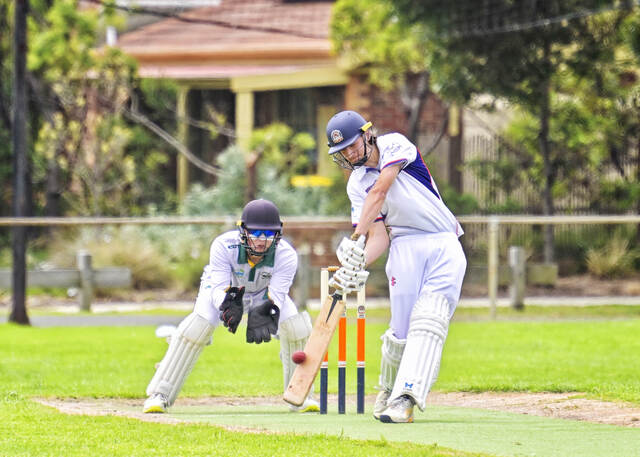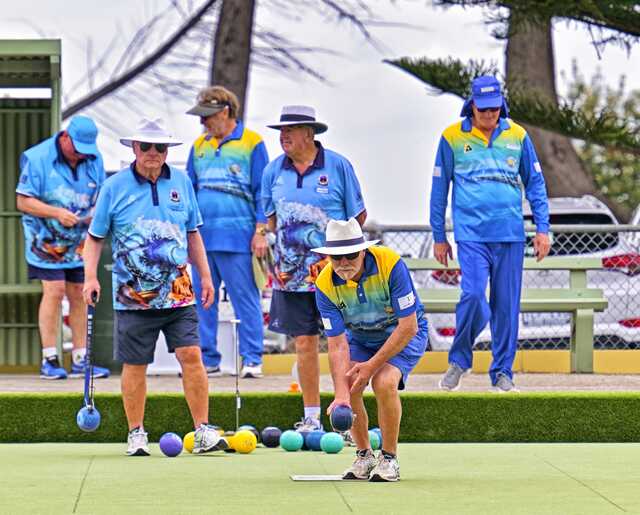I’ve been very busy with work over the past few weeks, so I haven’t had a lot of time to explore the Bellarine, so fortunately a few ‘eagle-eyed’ Voice readers have provided me with some great bird sightings.
I drove to Anglesea to visit my daughter, and on the way stopped at my favourite spot, namely Point Addis, but I didn’t spot a Rufous bristlebird. I did see a few crested terns flying over the water, with two white-faced herons who seemed to be flying around the coast looking for a favourable rock pool to catch fish in.
I stopped at Breamlea Nature Reserve to look for crakes and waterfowl in the ponds, but didn’t spot any.
I visited Hospital Swamp one day on the way to work, and there were black swans, Australian shelducks, purple swamphens and 15 common greenshanks – a species of migratory shorebird. These birds were fattening up in preparation for flying to the northern hemisphere.
Common greenshanks fly between Australia and Siberia and they leave Australia in February and early March.
After seeing the greenshanks I watched a big flock of over 30 rainbow lorikeets eat some stone fruit in an orchard in Armstrong Creek.
I then saw an Australian hobby and two brolga in the new Sparrovale Wetlands off Barwon Heads Road.
The City of Greater Geelong has acquired 500 hectares of land to allow for the treatment of stormwater runoff from the Armstrong Creek area. The combination of natural and man-made wetlands will also be subject to flooding at times from the Barwon River.
Kevin informed me of a new observation platform that has been constructed at Queenscliff near the boat ramp. Kevin has been photographing little egrets, nankeen night herons, immature Pacific gulls, little pied cormorants, black swans, pelicans and greenshanks from the viewing platform.
Kevin also observed 29 greater crested terns on the rocks near the viewing platform. The flock became raucous when other terns flew in to feed the juveniles on the rocks.
On one occasion a young tern dropped its fish and was unable to get it back before a silver gull grabbed it.
Alan wrote to me about his ramblings around Blue Waters Lake and he told me that he had seen “nothing too exotic around the lake of late”. He sent me a photo of one bird that he couldn’t identify, and I was able to inform him that this bird was an ‘exotic bird’ indeed – a rare swift parrot. Alan only saw it quickly by the foot bridge and snapped a shot before it took off.
Swift Parrots are endangered and breed only in Tasmania and then fly across Bass Strait to forage on the flowering eucalypts in parks and forests of the mainland. While on the mainland they are nomadic and spend weeks or months at some sites along the east coast.
Alan also took a couple of trips to Coogoorah Reserve in Anglesea recently, and saw lots of bird activity, including spotted pardalotes, purple-crowned lorikeets, gang gangs cockatoos, yellow-tailed black cockatoos, eastern yellow robins, musk lorikeets, blue-winged parrots, eastern rosellas, silvereyes, red-browed finches, and a few species of honeyeaters.
Alan was lucky enough to bump into a local bird enthusiast who was kind enough to show him around the reserve and point out many birds that he probably otherwise would have missed.
Finally, I received an email from Carole, who walked her dogs to the dog beach at Queenscliff and photographed a female nankeen kestrel that posed beautifully. The kestrel wasn’t shy at all and its eyes followed Carole and her dogs all along the beach.


